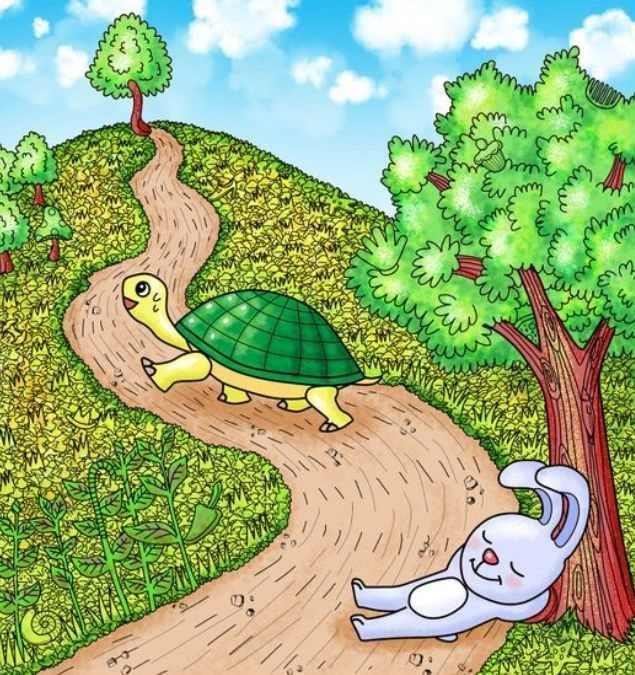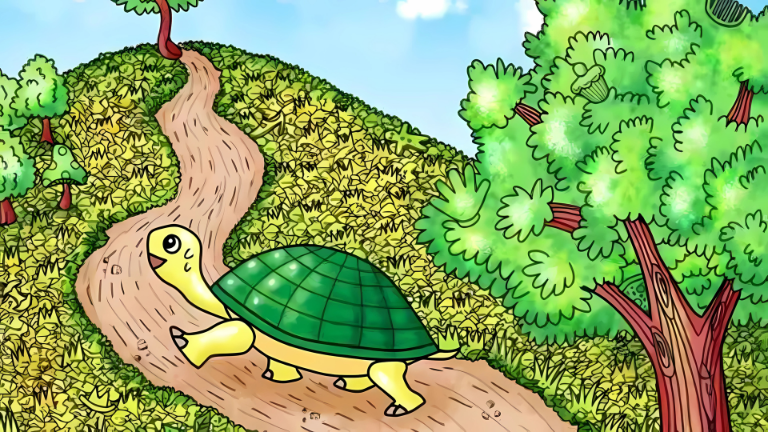The world of optical illusions has always fascinated people across all age groups. These mind-bending puzzles challenge our visual perception and test how well our brains process complex images.
Today’s viral challenge involves finding a hidden needle in a cluttered scene within just 5 seconds. This particular test claims that only 1 percent of people possess the sharp observational skills needed to succeed.
What Makes This Optical Illusion So Challenging?
The Science Behind Visual Perception
Our brains process millions of bits of visual information every second. However, when faced with complex patterns and cluttered images, our minds can easily miss important details.
The hidden needle challenge specifically targets our ability to distinguish between similar objects. Needles are thin, metallic objects that can easily blend into backgrounds with similar textures or colors.
Why Only 1% Succeed?
Most people fail this challenge because of several psychological factors. Our brains naturally focus on larger objects first, often overlooking smaller, thinner items like needles.
Cognitive overload occurs when too much visual information competes for our attention. This makes it incredibly difficult to spot one specific item among hundreds of distractors.
Techniques to Improve Your Success Rate

The Systematic Scanning Method
Professional detectives and investigators use systematic scanning to find hidden objects. Start from one corner of the image and move your eyes in a grid pattern across the entire picture.
Don’t let your eyes jump randomly around the image. Instead, maintain a steady, methodical approach that ensures you examine every section thoroughly.
Focus on Contrasting Elements
Needles typically have metallic surfaces that reflect light differently than surrounding objects. Look for subtle glints or shine that might indicate the presence of metal.
Pay special attention to areas where the lighting changes or where shadows create interesting patterns. These spots often hide the objects you’re searching for.
The Sherlock Holmes Approach
Sherlock Holmes was famous for his incredible attention to detail. He trained himself to notice things that others completely overlooked through deliberate practice.
Start by spending more time on each section of the image. Most people rush through these challenges, but patience is key to developing better observational skills.
Common Mistakes That Lead to Failure
Rushing Through the Challenge
The 5-second time limit creates unnecessary pressure that actually hurts performance. Your brain works better when it’s calm and focused rather than stressed and hurried.
Many successful puzzle solvers ignore the time limit initially. They focus on building their skills first, then gradually work on improving their speed.
Getting Distracted by Red Herrings
These puzzles often include deliberately placed distractors designed to fool your eyes. Common distractors include thin lines, similar-shaped objects, and patterns that mimic needle-like structures.
Train yourself to verify each potential find before moving on. Quick glances often lead to false positives that waste valuable time.
The Psychology of Visual Search
How Your Brain Processes Complex Images
When you look at a cluttered scene, your brain uses parallel processing to analyze multiple elements simultaneously. However, this system has limitations that puzzle creators exploit.
Change blindness is a phenomenon where people fail to notice obvious changes in their visual field. This same principle makes it difficult to spot hidden objects in busy images.
Individual Differences in Visual Ability
Some people naturally possess better spatial awareness and pattern recognition skills. These abilities can be inherited or developed through practice and training.
Age also plays a significant role in visual search performance. Younger individuals typically perform better on these challenges due to faster processing speeds and better visual acuity.
Training Your Eyes for Better Performance
Daily Practice Exercises
Start with simpler hidden object games and gradually increase the difficulty level. Spending just 10 minutes daily on these exercises can significantly improve your visual search abilities.
Where’s Waldo books and similar puzzle collections provide excellent training opportunities. These materials help develop the systematic scanning skills needed for success.
Attention to Detail Workouts
Practice observing your daily environment more carefully. Try to notice things you normally overlook, such as the exact number of buttons on someone’s shirt or the pattern of tiles on a floor.
Memory games that require you to spot differences between images also help strengthen your visual processing abilities.
Understanding Different Types of Hidden Object Challenges
Camouflaged Objects
Some challenges hide objects by making them blend seamlessly with the background. These require you to look for subtle outline differences rather than color contrasts.
Natural camouflage techniques are often used, where needles might be hidden among grass, twigs, or similar linear objects found in nature.
Size and Scale Tricks
Puzzle creators often play with perspective and scale to make objects harder to find. A needle might appear much smaller or larger than expected due to visual tricks.
Forced perspective illusions can make objects appear to be part of the background when they’re actually in the foreground or vice versa.
Benefits of Solving Optical Illusion Puzzles
Cognitive Enhancement
Regular practice with visual puzzles can improve your overall cognitive function. These exercises strengthen neural pathways related to attention, memory, and problem-solving.
Brain plasticity research shows that challenging your visual system can lead to lasting improvements in perceptual abilities.
Real-World Applications
The skills developed through these challenges transfer to practical situations. You might become better at finding lost items, reading maps, or noticing important details in your work.
Professional fields like medicine, law enforcement, and quality control all benefit from enhanced visual search abilities.
Advanced Strategies for Expert Level
The Elimination Method
Divide the image into smaller sections and systematically eliminate areas where the needle couldn’t logically be hidden. This reduces the search space and improves efficiency.
Focus on areas with appropriate backgrounds for needle placement. Avoid spending time on sections where a needle would be physically impossible to hide.
Using Peripheral Vision
Peripheral vision is sometimes more sensitive to movement and subtle changes than direct vision. Try using quick glances rather than staring directly at suspected areas.
This technique works particularly well when multiple viewing angles reveal different aspects of the hidden object.
The Role of Technology in Modern Puzzles
Digital Enhancement Techniques
Modern computer graphics allow puzzle creators to hide objects with unprecedented sophistication. Digital tools can perfectly match colors, textures, and lighting conditions.
Layering techniques in image editing software make it possible to embed objects so seamlessly that they become nearly invisible to the casual observer.
Interactive Elements
Some modern challenges include animated elements or changing backgrounds that add extra complexity to the search process. These dynamic puzzles require different strategies than static images.
Timing-based reveals might show the hidden object only at specific moments, adding an extra layer of difficulty to the challenge.
FAQs
Q: How long should I spend on each section of the image? About 2-3 seconds per section when starting out, then reduce as you improve.
Q: Is it better to look quickly or slowly? Start slowly to build accuracy, then gradually increase speed with practice.
Q: Can these skills really be improved with practice? Yes, regular practice can significantly enhance your visual search abilities.
Q: Why do some people find these puzzles easier than others? Individual differences in processing speed, attention span, and visual acuity affect performance.
Q: Should I use the time limit when practicing? Initially ignore time limits and focus on accuracy, then add time pressure later.
Q: What’s the best time of day to solve these puzzles? When you’re most alert and focused, typically mid-morning for most people.
Q: Can children perform better than adults on these challenges? Children often have advantages in processing speed and visual acuity, but adults have better systematic approaches.
Q: Are there any tricks to finding hidden needles specifically? Look for metallic glints, thin straight lines, and areas with appropriate backgrounds for needle placement.
Q: How often should I practice to see improvement? Daily practice for 10-15 minutes typically shows results within 1-2 weeks.
Q: Do these puzzles help with real-world observation skills? Yes, the enhanced attention to detail transfers to many practical situations.

